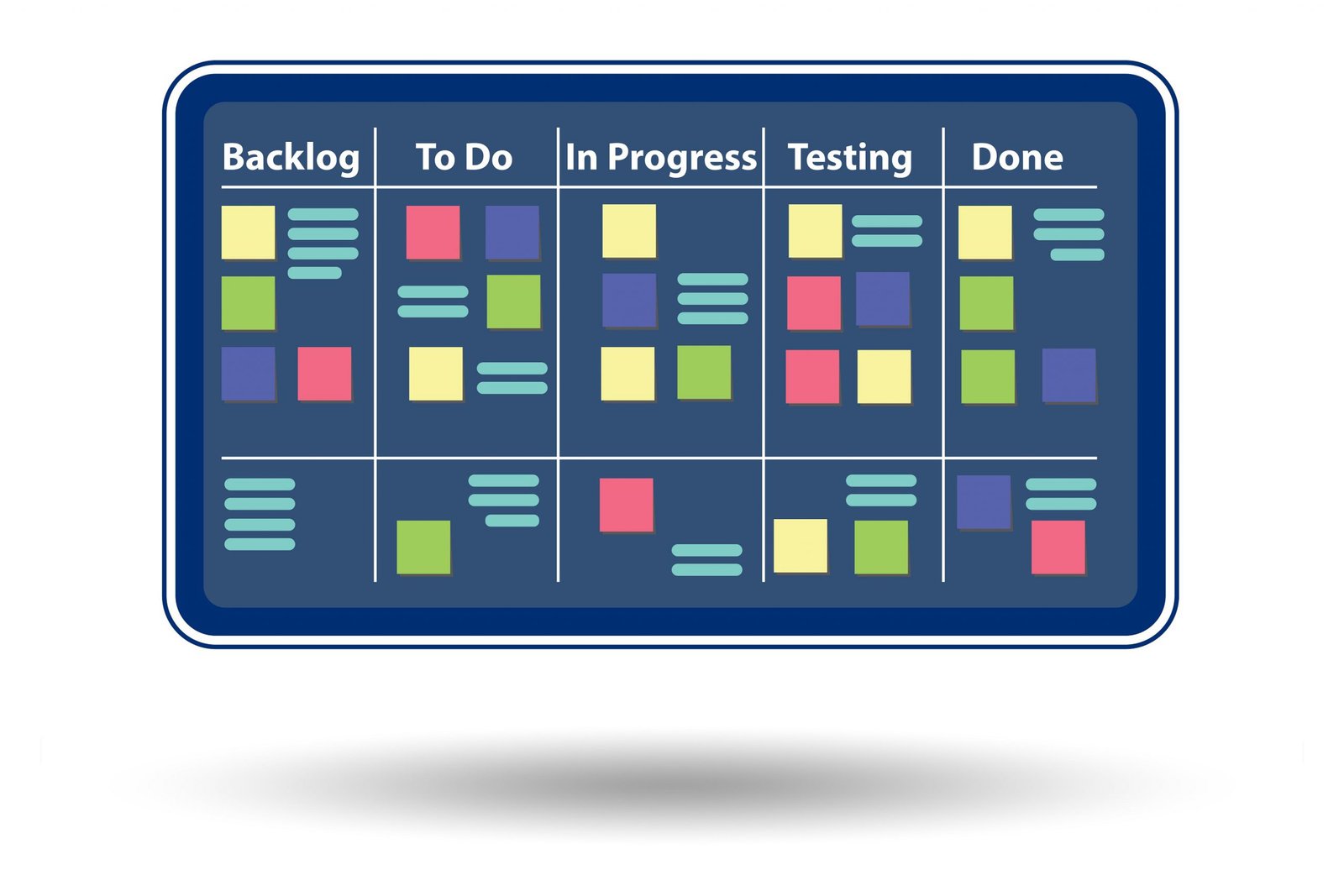The Product Backlog is basically a list of tasks required to complete the final product. The tasks listed must be clear, in an easily understood language, and with no technical specifications. Prioritization and categorization of backlog items are established by their business value. A Product Backlog should be the single source of the requirement for any changes to occur in the near future.
Product Backlog includes new features, feature enhancements, platform enhancements, etc.
Tips for Product Owners on how to manage Product Backlogs:
- Well-refined: Product Backlogs should be well refined in the sense that all necessary requirements for the final product must be included in the backlog.
- Emergent: The backlog has to be of dynamic and flexible nature and not rigid. Product Owners should be able to add, remove or change items if/when required.
- Manageable: The Product Backlog should be manageable. The Product Owner must be very clear about what “not” to include in the backlog. Here are some tips on how to keep the backlog list manageable:
- Keep lesser items in the backlog list.
- Do check the backlog list from time to time and remove unnecessary items.
- Prioritize the tasks in the list according to the business value.
- Only add tasks once you are definitely sure to do them.
- One Product Backlog: Maintaining one Product Backlog list is easier and less messy than keeping more than one backlog list. Do not keep any separate lists for less-considered items. Make only one list that includes all the items that need to be done.
- Awareness: A Product Owner should be aware of the things included in the backlog list. It is not important to know every detail of the items included but to have an idea of what items are included in the backlog list.
- Let other team members make the backlog list: The Product Owner should have an idea of the items included in the backlog list, but it is advisable to guide the team members in order to make the backlog list. This will save time.
- Well categorized: The backlog list should include a proper categorization of items, and the list should be neat, tidy, and well organized.
- Prioritize: The items in the backlog list must be prioritized on the basis of customer needs, task dependency, feedback urgency, etc. Prioritization helps to maintain a clear idea of what has to be done next.
- Re-prioritize items: A backlog list must be re-prioritized with time and as per the need of the situation. It is not necessary to stick to the list as prioritized initially, as the items must be re-prioritized as per customer needs. But the changes in the backlog list should be as minimum as possible in order to avoid confusion for the team members.
- Value of the item: The most important thing to be considered before including any item in the backlog list is its value. It is the responsibility of the Product Owner to decide whether the item is important or not. A Product Owner must be very thoughtful while deciding items to be included in the backlog list.
- Product Backlog should not be complete: Product development is an ongoing process. The list of demands for the product keeps on changing as long as the product lives. Therefore, a Product Owner should not be focused on making a backlog list that is complete from the beginning. Rather, it should include the most valuable ideas for the product.
- Transparency: The backlog list is not only for the Product Owner but for the entire team. Therefore, a backlog list must be transparent for the stakeholders as well as the developers. There are various ways for making a list transparent, but one of the easiest ways would be to put the backlog list on the wall somewhere near the team where all the team members and stakeholders could get an idea of what the team is working on now and what it intends to work on shortly.
The Product Owner is responsible for maintaining the Product Backlog, and the Product Backlog gives more priority to the things that are to be done shortly. One can learn a lot to work on their skills while taking CSPO courses. These courses help developing skills to maximize the value of the product and optimize the Product Backlog. The Product Owner has to decide what the team will work on next, to commit more value to the customer. In a Certified Scrum Product Owner course, a Product Owner learns to deal with multiple stakeholders. Certified Scrum Product Owner courses will always make improved Product Owners. Therefore, CSPO Certification must be considered as one of the ways to learn to manage backlog lists. A well-maintained backlog list will help to enhance the quality of work and also save time. Therefore, to make the task easy and organized, a properly maintained backlog list is a necessity.

